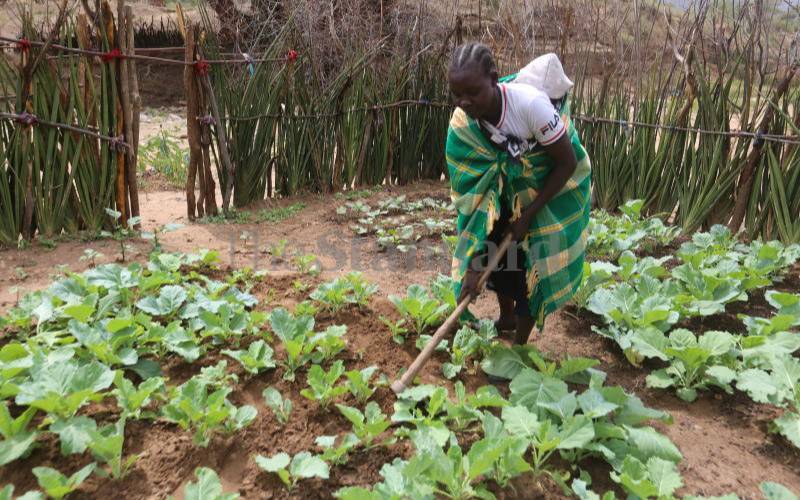
Anastacia, a clinical nutritionist holding an imaginary baby demonstrates how to breastfeed a child born with bilateral cleft lip. [Standard]
The world is marking the end of this year’s breastfeeding week. The annual event is organised by the World Alliance for Breastfeeding Action (WABA), the World Health Organisation and UNICEF. The guidelines for infant feeding emphasise on initiation of breastfeeding within one hour of birth, exclusive breastfeeding until babies are six months old and continued breastfeeding along with nutritionally adequate and safe complementary foods until age...
 The Standard Group Plc is a multi-media organization with investments in media platforms spanning newspaper print
operations, television, radio broadcasting, digital and online services. The Standard Group is recognized as a
leading multi-media house in Kenya with a key influence in matters of national and international interest.
The Standard Group Plc is a multi-media organization with investments in media platforms spanning newspaper print
operations, television, radio broadcasting, digital and online services. The Standard Group is recognized as a
leading multi-media house in Kenya with a key influence in matters of national and international interest.











